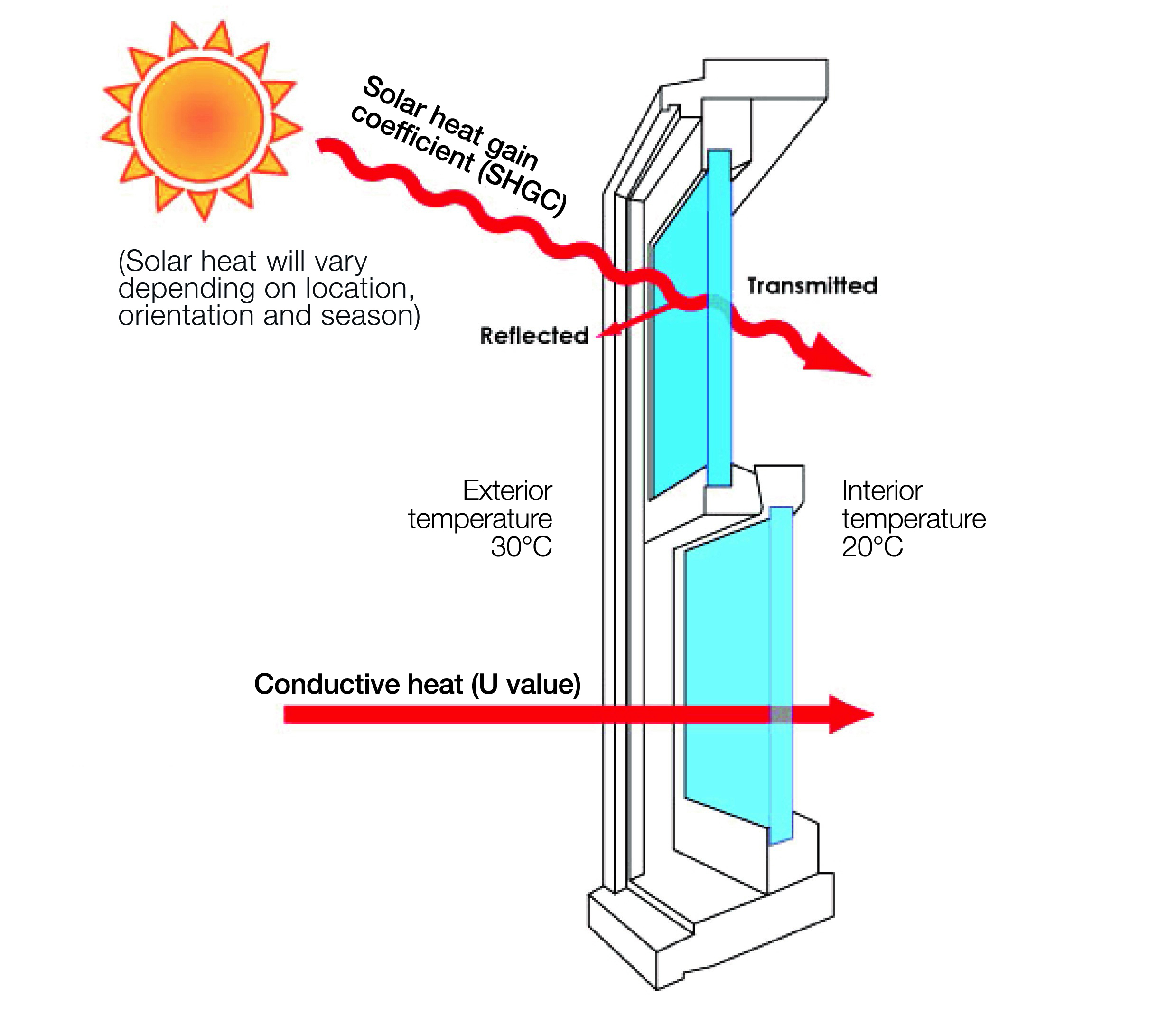All Categories
Featured
Table of Contents
Diy Double Glaze in Lockridge Western Australia
Glazing simply implies the windows in your house, including both openable and fixed windows, along with doors with glass and skylights. Glazing in fact simply suggests the glass part, but it is generally utilized to describe all elements of an assembly consisting of glass, films, frames and furnishings. Focusing on all of these elements will assist you to accomplish effective passive style.

Energy-efficient glazing makes your home more comfy and considerably reduces your energy expenses. Nevertheless, inappropriate or inadequately created glazing can be a significant source of unwanted heat gain in summer season and substantial heat loss and condensation in winter. Approximately 87% of a home's heating energy can be gained and approximately 40% lost through windows.
Climateframe Double Glazing: Perth's Double Glazed ... in Ellenbrook WA
Glazing is a significant financial investment in the quality of your home. The cost of glazing and the cost of heating and cooling your home are closely associated. A preliminary financial investment in energy-efficient windows, skylights and doors can significantly minimize your annual heating & cooling costs. Energy-efficient glazing also decreases the peak heating and cooling load, which can decrease the required size of an air-conditioning system by 30%, causing additional expense savings.
![Best Way To Block Sun Heat From Windows [Professionally] in Bertram Western Australia](https://arkfiles.sgp1.digitaloceanspaces.com/canondoubleglazing/2018/06/Canon-Double-Glazing-1.jpg)
This tool compares window selections to a base level aluminium window with 3mm clear glass. Comprehending some of the essential properties of glass will assist you to choose the very best glazing for your home. Secret residential or commercial properties of glass Source: Adapted from the Australian Window Association The amount of light that goes through the glazing is referred to as noticeable light transmittance (VLT) or noticeable transmittance (VT).
Double Glazing in Mt Helena Perth
The U value for windows (expressed as Uw), describes the conduction of the whole window (glass and frame together). The lower the U worth, the greater a window's resistance to heat flow and the better its insulating value.
For instance, if your house has 70m2 of glazing with aluminium frames and clear glass with a U worth of 6. 2W/m2 C, on a winter season's night when it is 15C cooler outside compared to indoors, the heat loss through the windows would be: 6. 2 15 70 = 6510W That is equivalent to the total heat output of a big room gas heating system or a 6.
Insulated Glass Unit – Igu in West Leederville Perth

If you select a window with half the U worth (3. 1W/m2 C) (for instance, double glazing with an argon-filled gap and less-conductive frames), you can cut in half the heat loss: 3. 1 15 70 = 3255W The solar heat gain coefficient (SHGC) for windows (revealed as SHGCw) measures how easily heat from direct sunlight streams through a whole window (glass and frame together).
The lower a window's SHGC, the less solar heat it transfers to the home interior. The actual SHGC for windows is affected by the angle that solar radiation strikes the glass.
Save Energy With Double Glazed Windows in Gwelup Western Australia
When the sun is perpendicular (at 90) to the glass, it has an angle of occurrence of 0 and the window will experience the optimum possible solar heat gain. The SHGC declared by glazing makers is always determined as having a 0 angle of occurrence. As the angle increases, more solar radiation is shown, and less is transferred.
Table of Contents
Latest Posts
Reglazing Single Glazed Windows With Double Glazed Units in White Gum Valley Western Australia
Replacement Double Glazing - Upvc Windows in Kingsley Perth
Energy Efficiency With Double Glazed Windows 2023 in Como Perth
More
Latest Posts
Reglazing Single Glazed Windows With Double Glazed Units in White Gum Valley Western Australia
Replacement Double Glazing - Upvc Windows in Kingsley Perth
Energy Efficiency With Double Glazed Windows 2023 in Como Perth